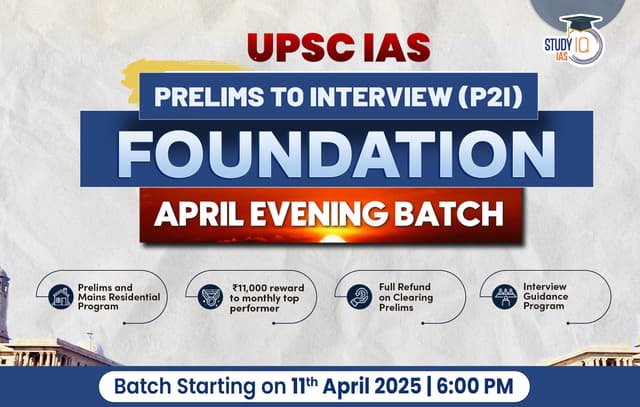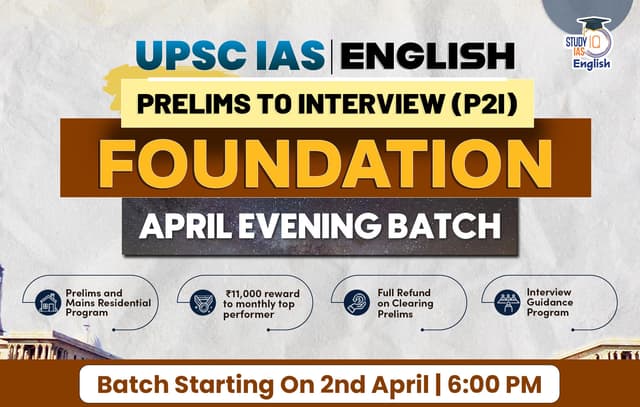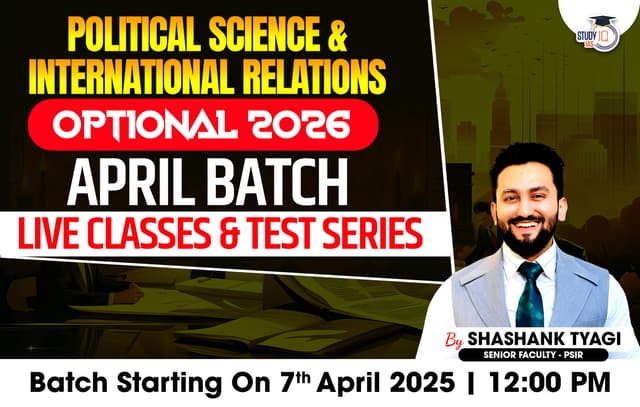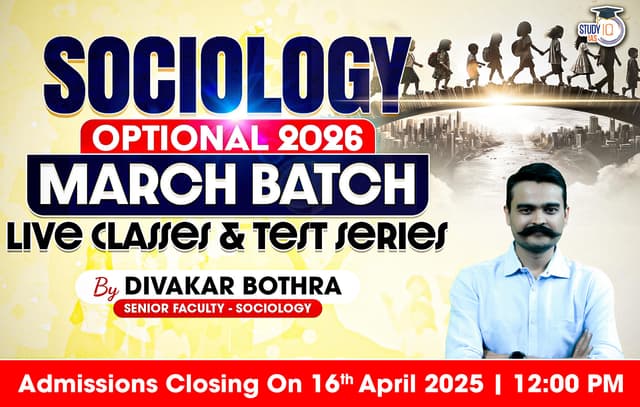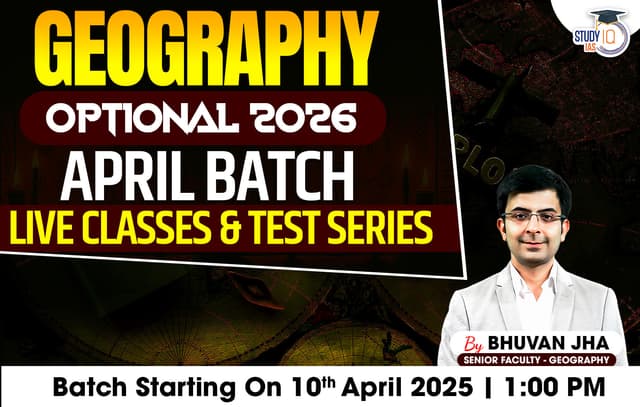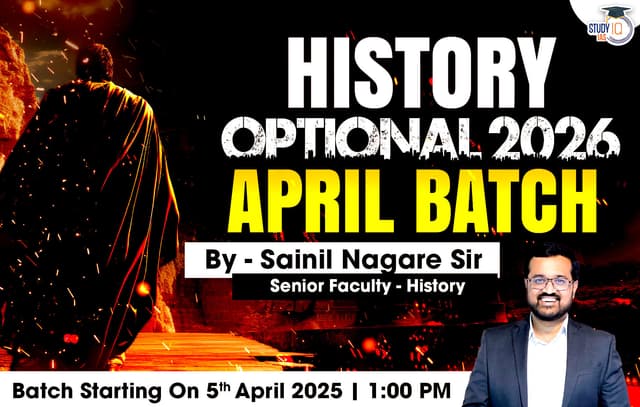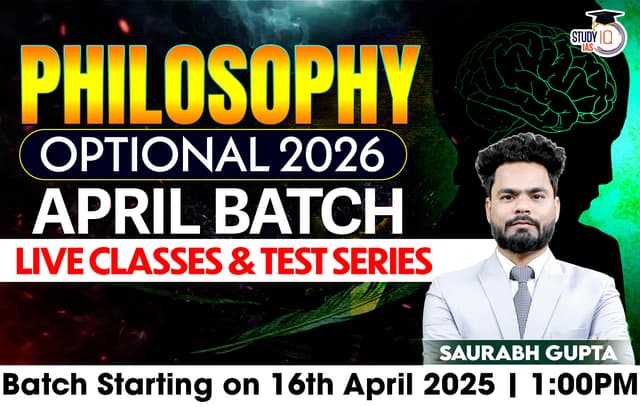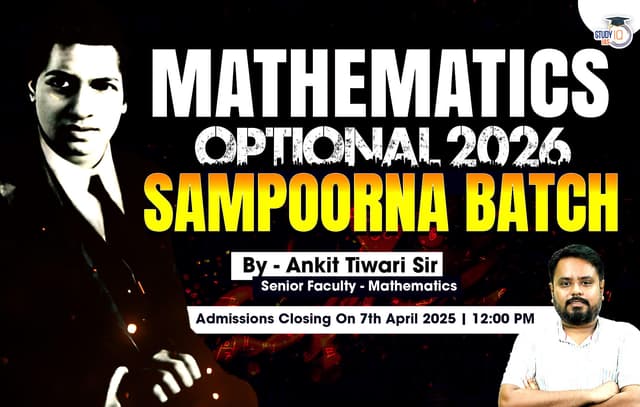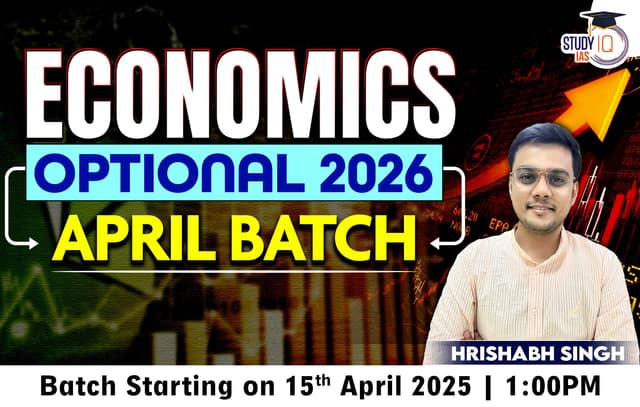4. The doubter is a true man of science
Approach
- Introduce with a poem namely, the dance of reason to bring out the true essence of the topic.
- Provide a brief thesis and describe the meaning of the topic
- The key attributes of a doubter – Connecting it to being a true man of science
- Contextualisation of the topic with various dimensions and examples.
- Add a case study to justify the topic
- Provide an antithesis
- Conclude with the pursuit of truth and the puzzle solver
Introduction
The dance of reason
In the realm where knowledge gleams,
Science spins its intricate dreams.
Questions rise like stars at night,
Critical thinking ignites the light.
Observe, inquire, let wonders unfold,
Challenging tales that the ancients told.
Hypotheses like seeds take flight,
In the soil of logic, they find their might.
Data whispers secrets, patterns entwine,
With each observation, the truth we define.
Scepticism sharpens our intellectual blades,
As we sift through the noise, the clarity wades.
From atoms to galaxies, the quest is profound,
In the silence of doubt, true wisdom is found.
So let us embrace this curious quest, for questioning all we discover the best
Thesis
The doubter (true man of science) holds a scientific mindset and reflects scepticism which is central to scientific inquiry (he doubts only himself and his interpretations, but he believes in science)
Philosophical basis: Descartes’ methodical scepticism.
Meaning/Context
- The Doubter: Reflects a key aspect of the scientific mindset, i.e. scepticism.
- True Man of Science: In science, questioning, doubting, and critically analysing ideas are essential for progress.
- Scientific knowledge advances by challenging assumptions, testing hypotheses, and seeking evidence.
- Doubt drives curiosity and the search for more accurate explanations of how the world works. Rather than accepting things at face value, true scientists question everything, and through doubt, they explore deeper truths.
- Doubt is an essential part of science because it allows scientists to consider the possibility that they might be wrong. Our brains interpret everything based on our prior knowledge and frame of reference, which makes our vision of the world unreliable.
- Connect various dimensions:
-
- Scepticism and Inquiry
- Scientific hypothesis and its falsifiability
- Continuous refinement of knowledge
- Ethical responsibility of the doubter.
Examples from Science
- Galileo doubted the church’s endorsement of the geocentric model of the universe, leading to his advocacy of the heliocentric model.
- Einstein doubted the classical mechanics of Newton, leading to the development of general relativity.
- Marie Curie questioned the nature of radioactivity, leading to the discovery of new elements like polonium and radium.
- Copernicus questioned the geocentric model of the universe
Examples from Different Dimensions
- Individual: Doubt leads to personal development such as rethinking one’s dietary habits such as switching to healthier plant based foods over processed foods by evaluating scientific research on the same.
- Society: Social movements such as the Civil Rights movement in the US emerged from people doubting their racial status quo.
- Martin Luther King Jr. and Rosa Parks questioned the fairness of segregation and racial inequality leading to the fight for civil rights.
- Political: John Locke and Voltaire doubted the divine right of Kings, leading to development of democratic systems.
- Economic: John Mayanard Keynes and development of Keynesian economics, advocates for government intervention in the economy.
- Environment: Rachel Carson, the author of Silent Spring, doubted the safety of widespread pesticide use.
- Ethics: Peter Singer questioned the morality of human exceptionalism, leading to the development of animal rights philosophy.
Case study
Ratan Tata: In 2016, Ratan Tata, then Chairman Emeritus of Tata Sons, made a bold move by investing in Ola, a ride-sharing startup, despite being in his late 70s. This decision demonstrated Tata’s forward-thinking approach and willingness to embrace innovation and technology. By backing a disruptive venture like Ola, Tata showcased his belief in supporting new ideas and fostering entrepreneurship, regardless of age or traditional norms. This event underscores Tata’s enduring commitment to driving progress and his willingness to adapt to the changing landscape of business and technology.
Antithesis
- The true man of science is one who has conviction and confidence in established knowledge, advancing science by building on proven facts rather than doubting them.
- Pushing scientific advancements without persistent scepticism.
Conclusion
- In the pursuit of truth and understanding, you can adopt the mindset of a scientist, questioning assumptions, conducting experiments, and drawing conclusions based on evidence and reason.
- The Puzzle Solver: Every problem is like a puzzle waiting to be solved. You can either tackle it piece by piece, methodically working towards a solution, or you can throw your hands up in frustration and walk away.

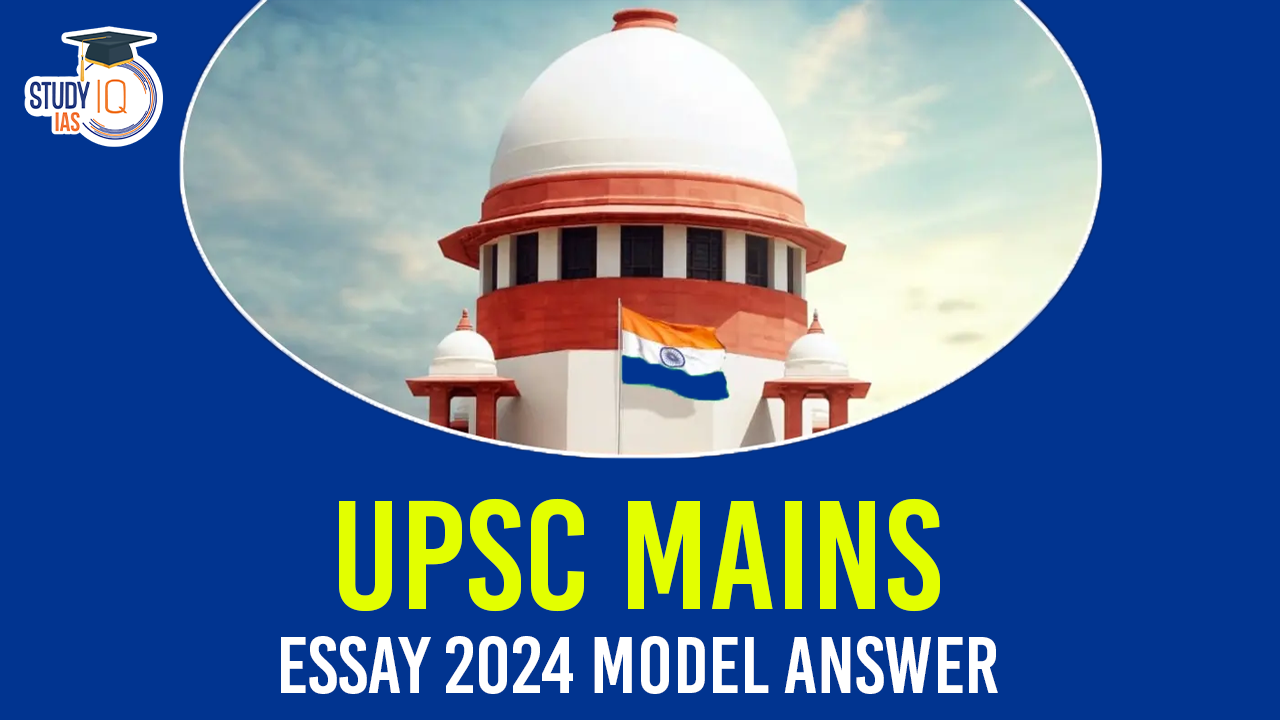
 UPSC Geo Scientist Pre Result 2025 Out, ...
UPSC Geo Scientist Pre Result 2025 Out, ...
 UPSC Malayalam Literature Syllabus For I...
UPSC Malayalam Literature Syllabus For I...
 UPSC IFS Interview 2024 Schedule Releas...
UPSC IFS Interview 2024 Schedule Releas...

